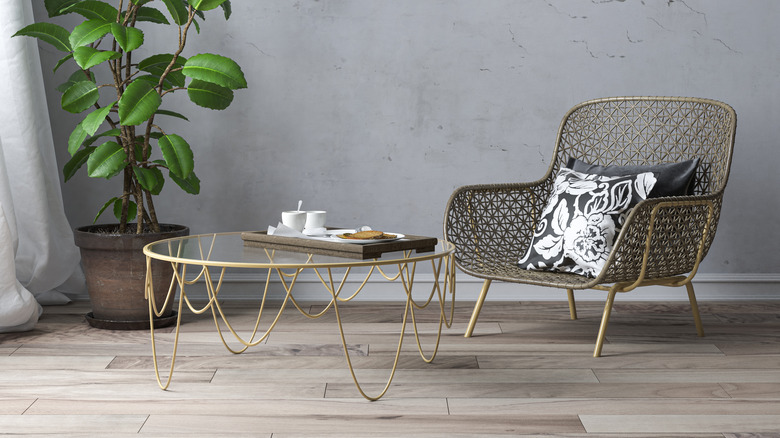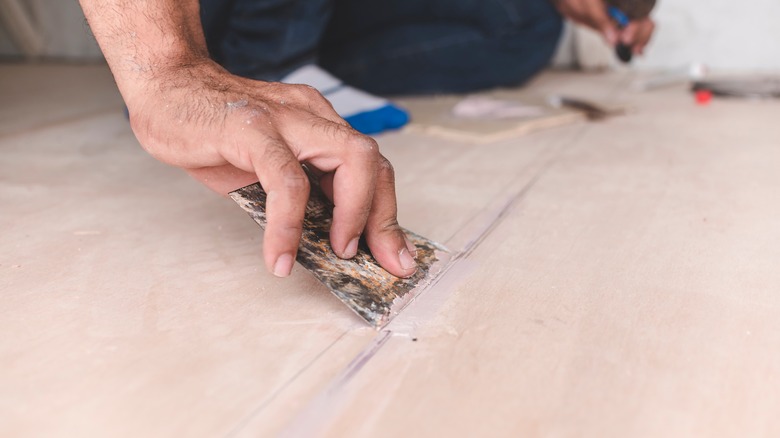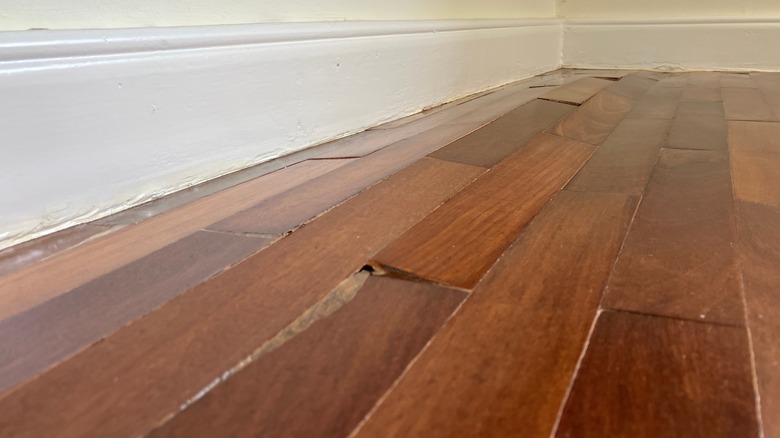The Best Time Of Year To Fix The Gaps In Your Hardwood Flooring
If you have hardwood floors, you might have noticed the gaps between the boards are more noticeable during certain times of year. The worst gaps usually, but not always, appear during winter. It seems like winter, then, is the right time for filling the cracks and refinishing the floor, right?. Think again. If the floor continues to expand seasonally, where's all of that filler material going to go? Depending on your circumstances, it could very well be squeezed out of the gaps and end up on the top of your floor. Or some patching materials might stay stubbornly in place and your flooring, having nowhere to go when it expands, can resort to splitting and cracking. Therefore, the best time of year to fix gaps in your hardwood floors is actually during the warmer summer months when the gaps are smallest.
There are some exceptions, so it's worthwhile to understand the roles of temperature and humidity in making sure the expanding boards don't destroy your handiwork. But what if you don't have gaps during the warmer months, and they only appear during winter? In that case, you might not have a problem at all. Small gaps are normal in natural hardwood flooring, and they often disappear when the boards expand during warmer, more humid seasons. Chances are you don't need to do anything at all. Let's take a look at how you can be sure.
Keep an eye on temperature and humidity
The expansion and contraction of hardwood flooring is caused by changes in temperature and humidity inside your home (or, possibly, under your home). Temperature itself is not, by itself, usually a major concern. Temperatures above 75 degrees Fahrenheit can cause some (usually minor) thermal expansion of flooring. Excessive warmth can also drive moisture out of wood, occasionally leading to floors that shrink during summer rather than winter. When we turn on our air conditioners during summer, our HVAC units have a dehumidifying effect that can also affect floors — and humidity is by far the most important factor.
There are many different opinions about the ideal indoor humidity, based on where you live (less humidity is more comfortable and creates less condensation in colder climates) and what you're trying to accomplish (managing wood expansion, for example, or preventing mold growth). A good rule of thumb is to keep indoor humidity between 35% and 55%. Seasonal fluctuations in humidity will probably push yours toward the lower end of that range in winter, and the higher end in summer. Just keep an eye on your humidity to see if it's within the right range, to make sure your floors are following the usual expanding-in-summer pattern. Remember that floors wet from condensation, water intrusion, or simply wet boots can override humidity and make your wood expand unseasonably. Additionally, finishing and sealing your floors are among the best ways to prevent humidity from damaging them.
Making sure now is the right time
There are some things you can do to manage all of these variables and ensure that summer is the right time to fill gaps in your hardwood floors. The first step is to manage humidity with either a humidifier or dehumidifier to keep your home in the ideal range. Regulating humidity will control floor expansion and contraction, and might be the answer to your squeaky floors, too. The next step is to keep the floors dry. Patching boards that are unseasonably swollen will only lead to more noticeable gaps when the floor dries. A third step is simply observing. If your floor gaps are least pronounced in summer and your home's humidity levels are fairly normal, that's probably the time to do your patching.
It's also worthwhile to do some thinking. Do you know if your floors have proper underlayment, which is a major factor in controlling floor gaps? Was the flooring properly acclimated prior to installation? Are your floors properly insulated? Were expansion gaps used properly when the floor was installed, including around entryways and permanent fixtures? What material do you want to use to patch your floors? Some, like natural-fiber rope, are more tolerant of future expansion and contraction than more rigid solutions, like wood filler. Finally, think about how big of a hurry you're in. Based on seasonal changes and all the factors above, it's possible you don't need to do a repair right now, and maybe not at all.


